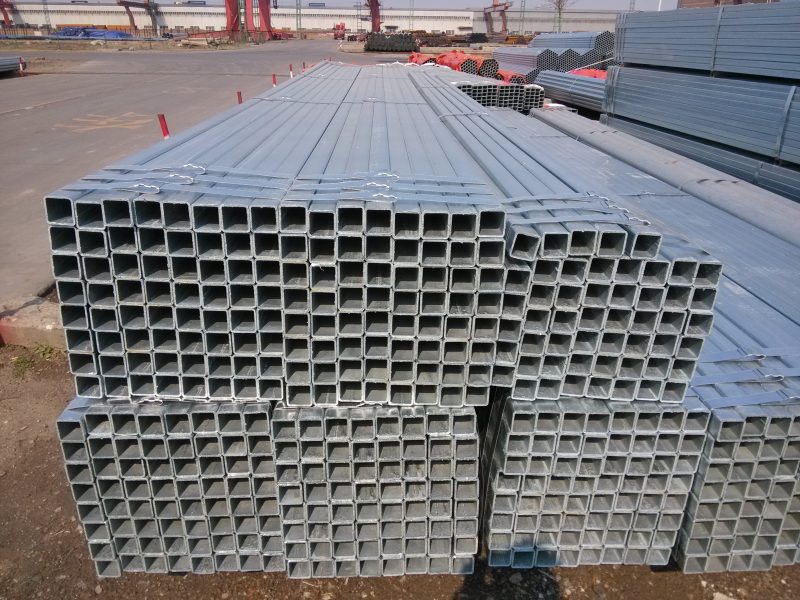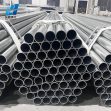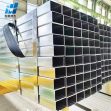bright spots in the downturn of steel pipe price
At present, the global economy is facing great downward pressure and even the risk of falling into economic recession, which has led to more drastic economic stimulus measures by governments, especially the increase of monetary easing policies and the combination of fiscal policies. At the same time, the damaging “trade war” will also cool down, so there is a possibility that the world economy of structural steel pipe will bottom out and rebound. While the world’s leading economic body has lowered its forecast for economic growth in 2019, it also believes that economic growth will rebound in 2020. The conference board expects the global economy to grow 0.2 percent faster in 2020 than in 2019. Recent major economic indicators have also shown signs of stabilization. Domestically, the caixin China manufacturing purchasing managers’ index rose 0.3 percentage point month-on-month to 51.7% in October 2019, rising for the fourth consecutive month, unchanged from February 2017 and the highest since 2017. The national bureau of statistics’ manufacturing PMI of galvanized steel pipe for October 2019 was 49.3%. Although this is a low level since the second quarter of the year, it is mainly due to the sluggish policy transmission mechanism, which is expected to recover soon.

Notably, the new orders index of mild steel tube rose sharply in October, reaching the highest level since February 2013. External demand has improved markedly, with the new export orders index rebounding above the threshold of expansion and contraction, the highest since the outbreak of China-Us trade conflict in March 2018. The improvement in export data in recent October is a sign of this. According to the general administration of customs, China’s exports (in US dollars) fell by 0.9% year-on-year in October 2019, down 3.2% year-on-year compared with the previous nine months. The decline has narrowed significantly, as has the amount of imports in the same period.
In the face of severe external demand, China’s policy makers are bound to intensify counter-cyclical adjustment in an effort to stimulate domestic demand of rectangular hollow section. At the same time, the relevant departments have lowered the required reserve ratio for many times and continue to lower the required reserve ratio, as well as the large-scale issuance. Under such circumstances, it is expected that the growth rate of fixed asset investment, especially infrastructure investment, will pick up in the future. Real estate investment growth will also remain high.The national PMI for the construction sector was 60.4 percent in October, up 2.8 percentage points from the previous month. Meanwhile, the employment index and the business activity expectation index were 51.8% and 63.2%, up 0.7 and 1.2 percentage points respectively from the previous month, indicating that construction enterprises have maintained steady employment growth.
Tel: +86 18202256900 Email: steel@fwssteel.com










